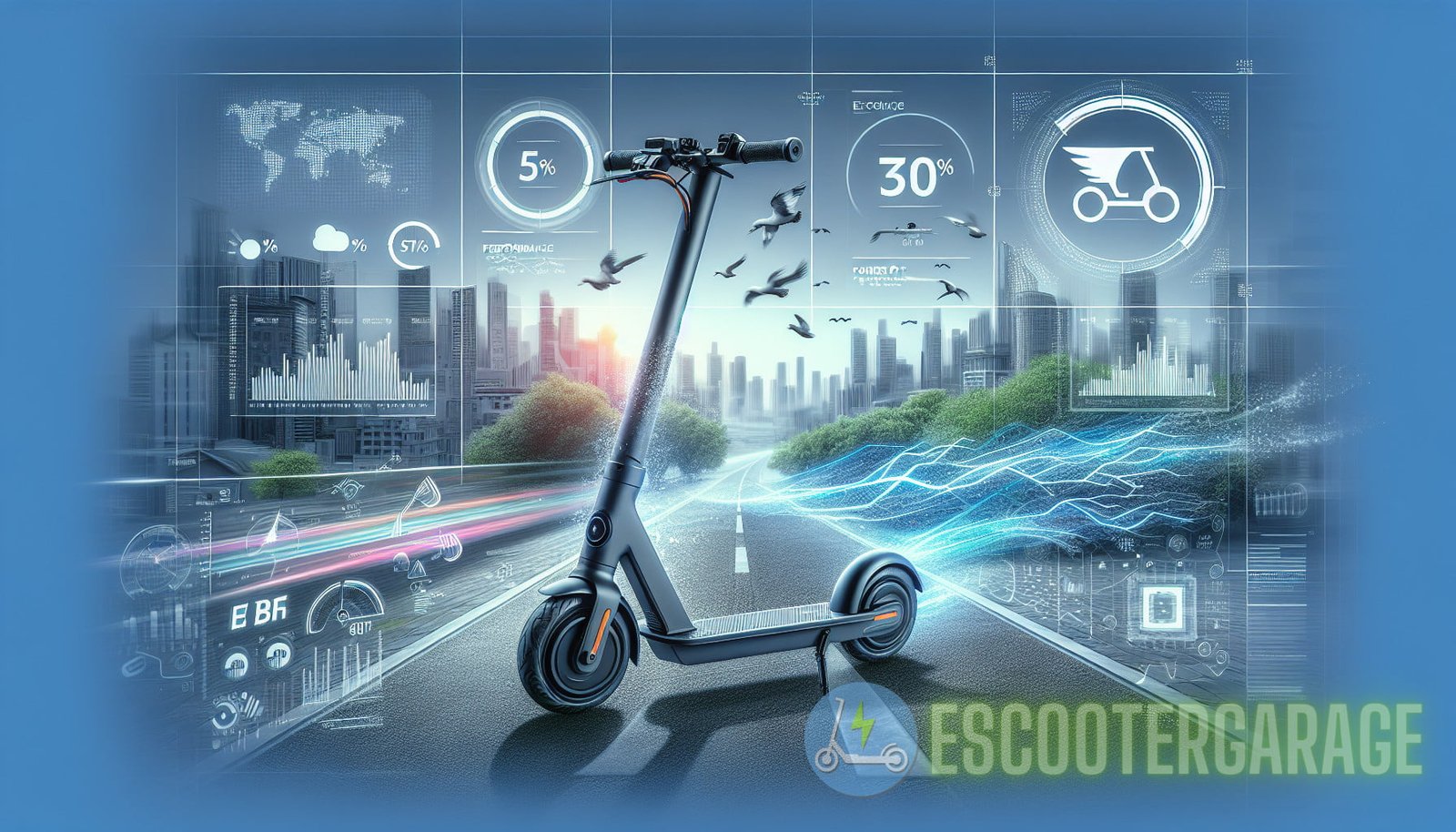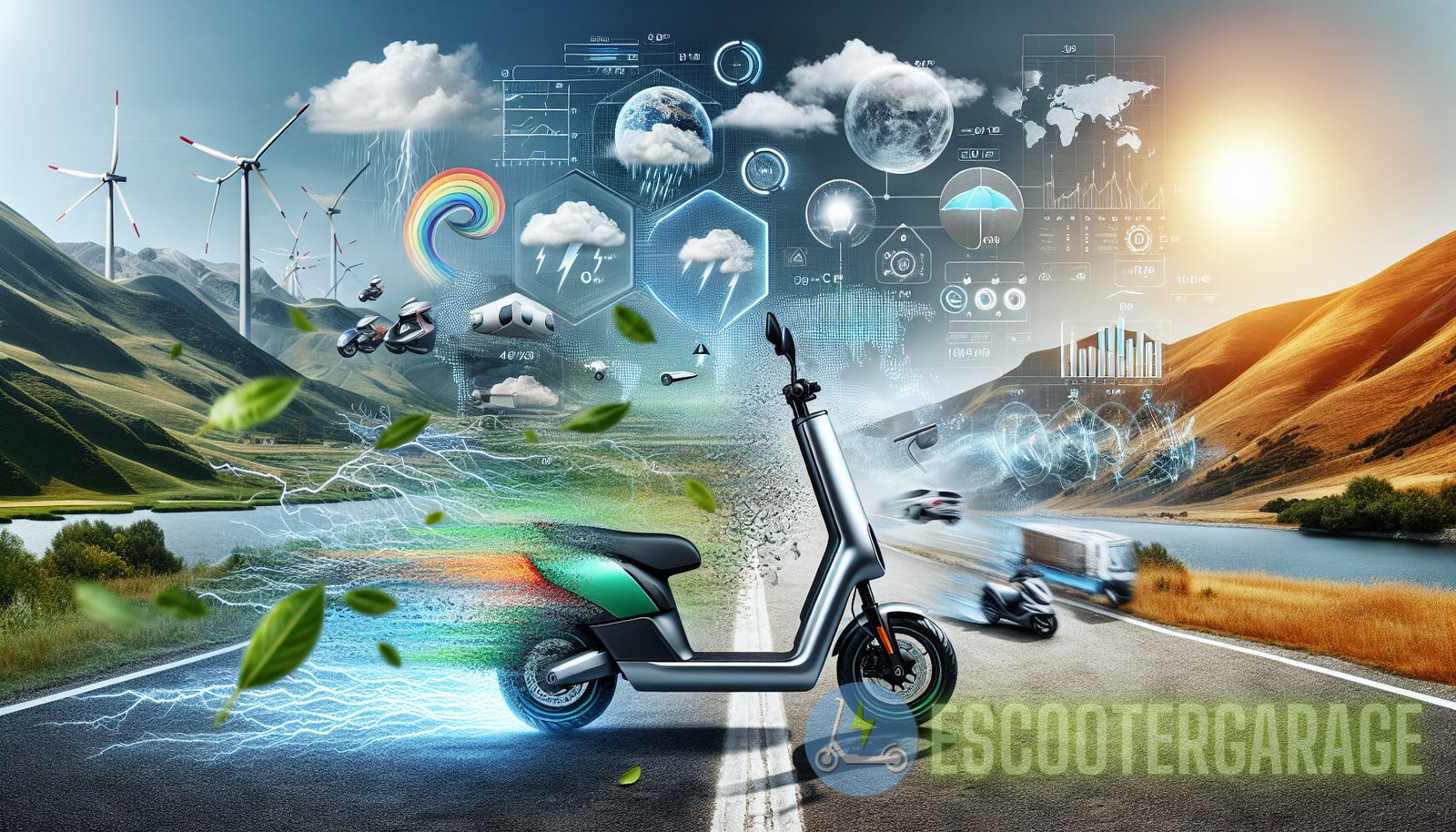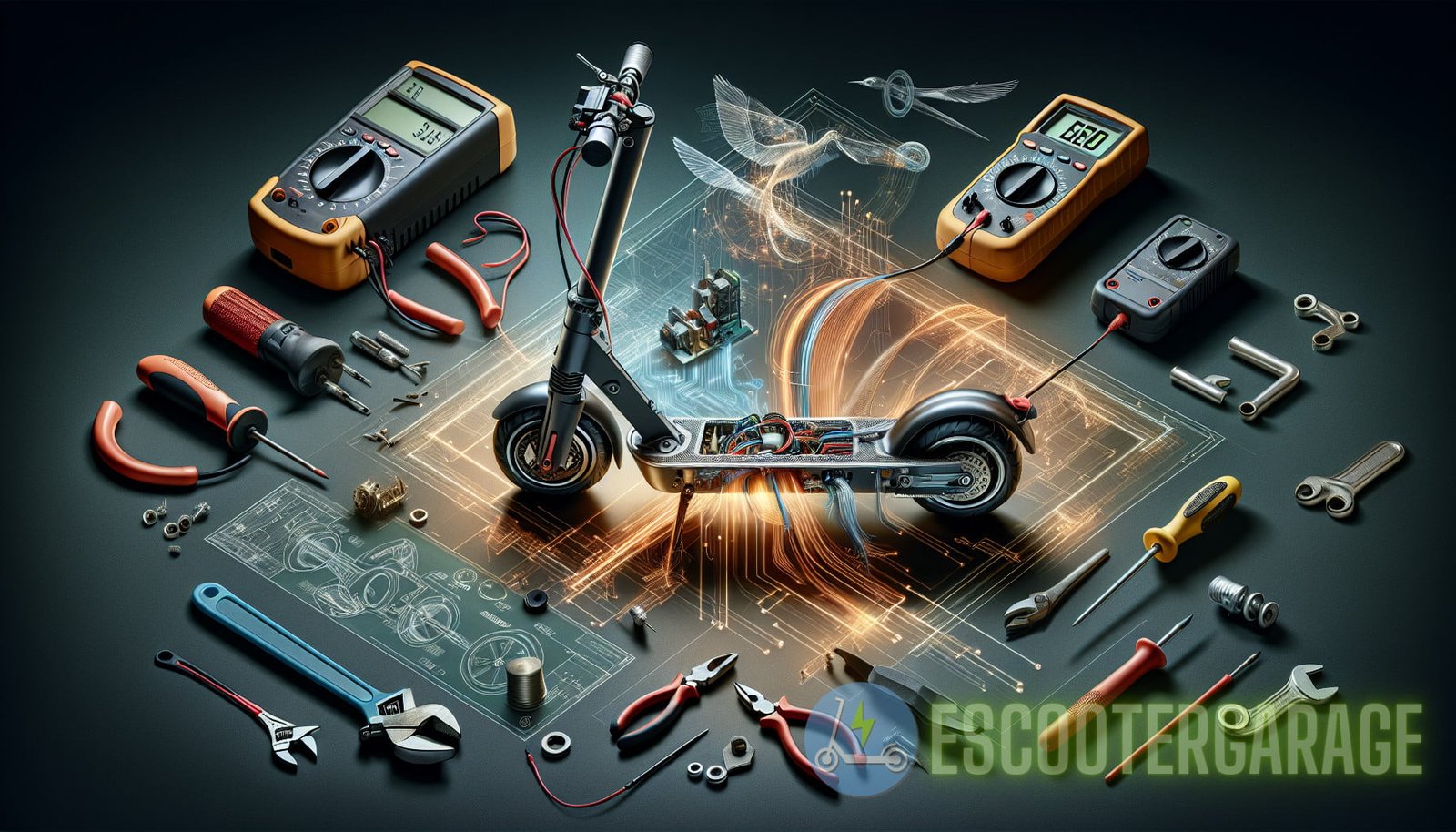Enhancing eScooter Performance: Unraveling the Impact of Environmental Factors on Efficiency and Power
eScooters have become an increasingly popular mode of transportation, providing an efficient and eco-friendly alternative to traditional modes of commuting. However, maximizing the performance and efficiency of an eScooter requires a deeper understanding of the impact of environmental factors on its power output. In this article, we will delve into the various factors that can affect an eScooter’s efficiency and power and explore ways to enhance its performance.
The Role of Environmental Factors
Several environmental factors can influence the efficiency and power of an eScooter, including:
- Temperature
- Wind
- Hills and inclines
- Surface conditions
- Payload
Temperature
The operating temperature has a significant impact on an eScooter’s battery performance. Cold temperatures can reduce the efficiency of the battery, leading to a decrease in its power output. On the other hand, high temperatures can also affect battery performance by causing degradation and reduced capacity over time. It is important to keep the battery within its optimal temperature range to ensure maximum efficiency and power.
To counter the effects of temperature on eScooter performance, consider the following tips:
- Avoid exposing the eScooter to extreme temperatures for prolonged periods.
- Store the eScooter at room temperature when not in use.
- Preheat the battery in cold weather before riding to optimize performance.
- Avoid overcharging the battery, as it can generate heat and impact its long-term performance.
For a more in-depth exploration of temperature-related performance issues, refer to the Decoding the Enigma: Investigating the Root Causes of Inefficient eScooter Performance article available at eScooter Garage.
Wind
Wind resistance can significantly impact an eScooter’s efficiency, especially at higher speeds. Riding against a headwind requires more power to maintain the same speed, leading to increased energy consumption. On the other hand, riding with a tailwind can improve efficiency and reduce power consumption. It is important to be aware of wind conditions and adjust riding strategies accordingly.
To minimize the impact of wind on eScooter performance, consider the following tips:
- Ride in a more aerodynamic position to reduce wind resistance.
- Avoid riding at high speeds in strong headwinds.
- Take advantage of tailwinds to conserve battery power.

If wind-related performance issues persist, check out the Solving eScooter Power Issues: Easy Troubleshooting Tips for Efficient eScooter Power Fixes article available at eScooter Garage for a comprehensive troubleshooting guide.
Hills and Inclines
Hills and inclines can pose a challenge for eScooter performance, as they require more power to overcome the increased resistance. Power consumption can significantly increase when ascending steep hills, which can decrease the battery’s overall range. It is important to consider the incline of the terrain when planning a route to maximize efficiency.
To optimize eScooter performance on hills and inclines, consider the following tips:
- Utilize the scooter’s gears or speed control to adjust power output on inclines.
- Maintain a consistent speed to optimize energy consumption.
- Consider walking the eScooter up extremely steep hills to conserve battery power.
Surface Conditions
The type and condition of the surface can impact eScooter performance. Riding on rough or uneven surfaces can increase rolling resistance and require more power to maintain speed. In contrast, riding on smooth surfaces can improve efficiency and power output. It is important to consider the quality of the surface when planning a route.
To enhance eScooter performance on different surface conditions, consider the following tips:
- Avoid rough or uneven surfaces whenever possible.
- Choose routes with smooth pavement or bike lanes for optimal performance.
- Avoid excessive braking and acceleration on uneven surfaces to prevent energy loss.
Payload
The weight carried by an eScooter, including the rider and any additional cargo, can impact its efficiency and power. Heavier loads require more power to propel the scooter, leading to increased energy consumption. It is important to consider the weight being carried and its impact on overall performance.
To minimize the impact of payload on eScooter performance, consider the following tips:
- Avoid carrying unnecessary items to reduce overall weight.
- Distribute weight evenly to maintain balance and stability.
- Avoid overloading the eScooter beyond its recommended weight capacity.
Conclusion
Enhancing eScooter performance requires a comprehensive understanding of the impact of various environmental factors on efficiency and power. By considering factors such as temperature, wind, hills and inclines, surface conditions, and payload, riders can optimize their eScooter’s performance and ensure maximum efficiency. Regular maintenance and periodic troubleshooting are also essential to address any potential issues that may arise. Remember, by following these tips and ensuring optimal riding conditions, you can enjoy a smooth and efficient eScooter experience.



